Acta Scientific Ophthalmology (ASOP)
Research Article Volume 3 Issue 5
Jude Nnoruga1*, Mosaib Omaer2, Ashi Khurana3 and Lokesh Chauhan4
1B.Sc Clinical Optometry, Department of Clinical Optometry and Visual Sciences, CL
Gupta Eye Institute, Moradabad, India
2M.Sc Clinical Optometry, Department of Clinical Optometry and Visual Sciences,
CL Gupta Eye Institute, Moradabad, India
3MS Ophthalmology, Department of Cornea and Refractive Error, CL Gupta Eye
Institute, Moradabad, India
4MSc, Department of Clinical Research, CL Gupta Eye Institute, Moradabad, India
*Corresponding Author: Jude Nnoruga, B.Sc Clinical Optometry, Department of Clinical Optometry and Visual Sciences, CL Gupta Eye Institute, Moradabad, India.
Received: February 21, 2020; Published: April 21, 2020
Abstract
Purpose: To assess the clinical characteristics and visual rehabilitation in Keratoconus patients.
Methods: Medical records of consecutive patients diagnosed of Keratoconus presented at a tertiary eye care institute during September 2009 to December 2017 were reviewed retrospectively. Demographic details (age, gender, family history of Keratoconus, and occupation), history of contact lens use, history of consanguineous marriages, presenting best corrected visual acuity, refractive error, clinical signs based on slit lamp biomicroscopy and best corrected visual acuity after refractive correction, were noted.
Results: Of the 96 patients, 135 eyes of 72 (75%) patients were included in the study. Mean age at the time of diagnosis was 20 ± 6.7 years (8 to 40 years). 87% of them had presented bilaterally. 69.4% of them were students. Myopic astigmatism with a mean equivalent of -1.90DS and increased cylinder of -3.09DC was more prevalent. 54.1% of patients were either in advance or severe stage of Keratoconus. Spectacles were prescribed for 82 (60.7%) eyes, contact lens for 19 (14.1%) eyes, corneal collagen crosslinking with Riboflavin was done in 28 (20.7%) eyes, deep anterior lamellar keratoplasty in 4 (3%) eyes and optical penetrating keratoplasty in 2 (1.5%) eyes. There was significant improvement in BCVA from presentation in all patients.
Conclusion: Age of presentation was distributed equally between 8 to 40 years of age. Majority of the patients presented bilaterally with advance to severe form of Keratoconus, which was different from published studies, where patients had presented at mild to moderate stage.
Keywords: Keratoconus; Contact Lens; Visual rehabilitation; Pentacam; C3R; Uttar Pradesh
References
- Chang HY and Chodosh J. “The genetics of keratoconus”. Seminars in Ophthalmology 28 (2013): 275-80.
- Klintworth GK and Damms T. “Corneal dystrophies and keratoconus”. Current Opinion in Ophthalmology 6 (1995): 44-56.
- Andreassen TT., et al. “Biomechanical properties of keratoconus and normal corneas”. Experimental Eye Research 4 (1980): 435-441.
- Jonas JB., et al. “Prevalence of keratoconus in rural Maharashtra in Central India: The Central India Eye and Medical Study”. American Journal of Ophthalmology 148 (2009): 760-765.
- Assiri AA., et al. “Incidence and severity of keratoconus in Asir province, Saudi Arabia”. British Journal of Ophthalmology 89 (2005): 1403-1406.
- Ihalainen A. “Clinical and epidemiological features of keratoconus genetic and external factors in the pathogenesis of the disease”. Acta Ophthalmologica 178 (1986): 1-64.
- Nielsen K., et al. “Incidence and prevalence of keratoconus in Denmark”. Acta Ophthalmologica Scandinavica 8 (2007): 890-892.
- Weed KH., et al. “The Dundee University Scottish Keratoconus study: Demographics, corneal signs, associated diseases, and eye rubbing”. Eye 22 (2008): 534-541.
- Fatima T., et al. “Demographic profile and visual rehabilitation of patients with keratoconus attending contact lens clinic at a tertiary eye care centre”. Contact Lens and Anterior Eye 33 (2010): 19-22.
- Sharma R., et al. “Clinical profile and risk factors for keratoplasty and development of hydrops in north Indian patients with keratoconus”. Cornea4 (2009): 367-370.
- Keratoconus (2018).
- Krachmer JH., et al. “Keratoconus and related noninflammatory corneal thinning disorders”. Survey of Ophthalmology 4 (1984): 293-322.
- Buxton JN. “Contact lenses in keratoconus”. Contact and Intraocular Lens Medical Journal 4 (1978): 74-85.
- Zadnik K., et al. “Corneal scarring and vision in keratoconus: a baseline report from the Collaborative Longitudinal Evaluation of Keratoconus (CLEK) Study”. Cornea 19 (2000): 804-812.
- Shanti Y., et al. “Characteristics of keratoconic patients at two main eye centres in Palestine: a cross-sectional study”. BMC Ophthalmology 1 (2018): 95.
- Saini JS., et al. “Keratoconus in Asian eyes at a tertiary eye care facility”. Clinical and Experimental Optometry 2 (2004): 97-101.
- Mohd-Ali B., et al. “Clinical characteristics of keratoconus patients in Malaysia: A review from a cornea specialist center”. Journal of Optometry 5 (2012): 38-42.
- Karimian F., et al. “Topographic evaluation of relatives of patients with keratoconus”. Cornea 27 (2008): 874-878.
- Kaya V., et al. “Evaluation of corneal topography with Orbscan II in first-degree relatives of patients with keratoconus”. Cornea 27 (2008): 531-534.
- Crews MJ., et al. “The clinical management of keratoconus: a 6 year retrospective study”. CLAO Journal 20 (1994): 194-197.
- Kennedy RH., et al. “A 48-year clinical and epidemiological study of keratoconus”. American Journal of Ophthalmology 101 (1986): 267-273.
Citation
Citation: Jude Nnoruga., et al. “Clinical Characteristics and Visual Rehabilitation in Keratoconus Patients Presented at a Tertiary Eye Care Institute in Uttar Pradesh (India)”. Acta Scientific Ophthalmology 3.5 (2020): 55-60.
Copyright
Copyright: © 2020 Jude Nnoruga., et al. This is an open-access article distributed under the terms of the Creative Commons Attribution License, which permits unrestricted use, distribution, and reproduction in any medium, provided the original author and source are credited.
Journal Menu
Metrics
News and Events
- Certification for Review
Acta Scientific certifies the Editors/reviewers for their review done towards the assigned articles of the respective journals. - Submission Timeline for Upcoming Issue
The last date for submission of articles for regular Issues is April 30th, 2024. - Publication Certificate
Authors will be issued a "Publication Certificate" as a mark of appreciation for publishing their work. - Best Article of the Issue
The Editors will elect one Best Article after each issue release. The authors of this article will be provided with a certificate of "Best Article of the Issue". - Welcoming Article Submission
Acta Scientific delightfully welcomes active researchers for submission of articles towards the upcoming issue of respective journals.
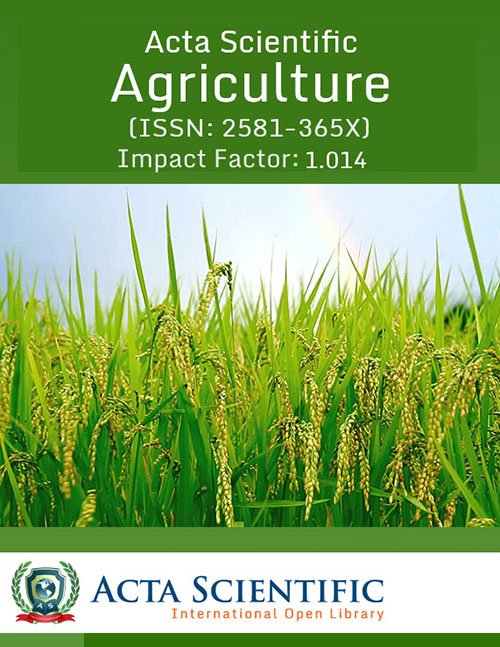
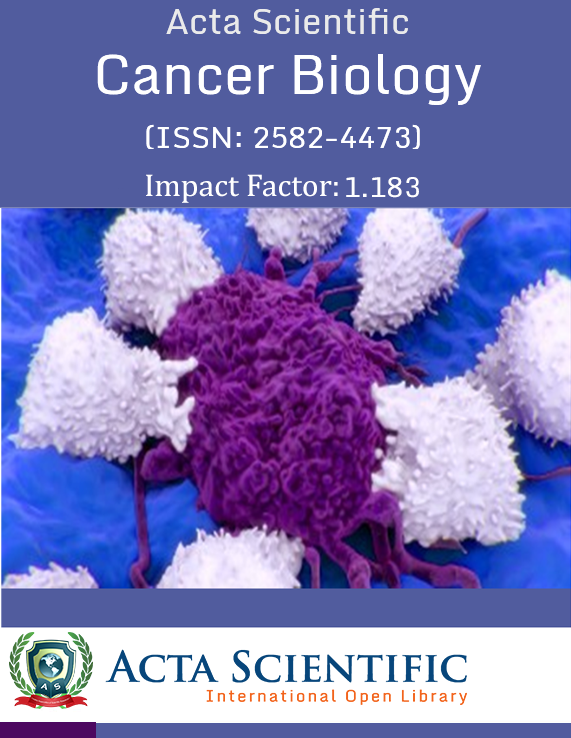

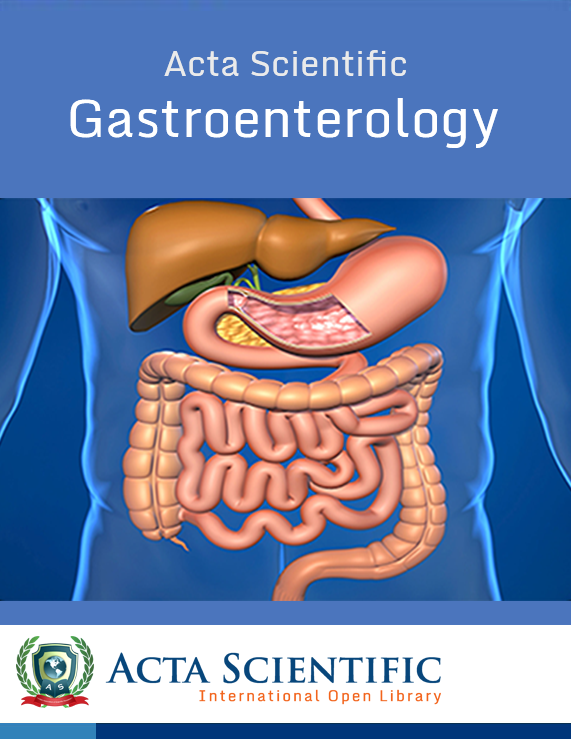
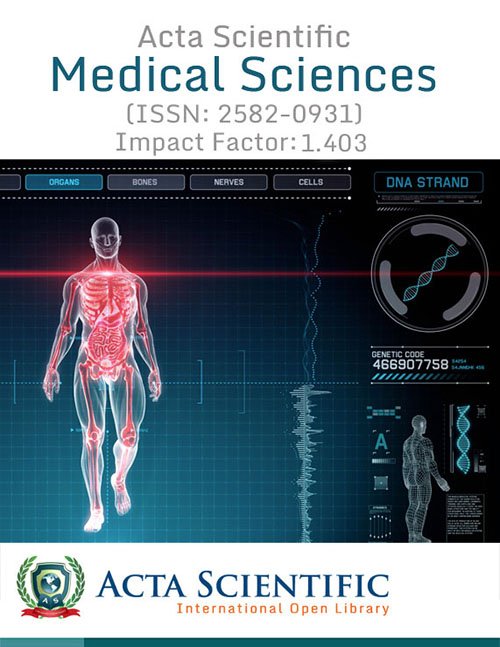
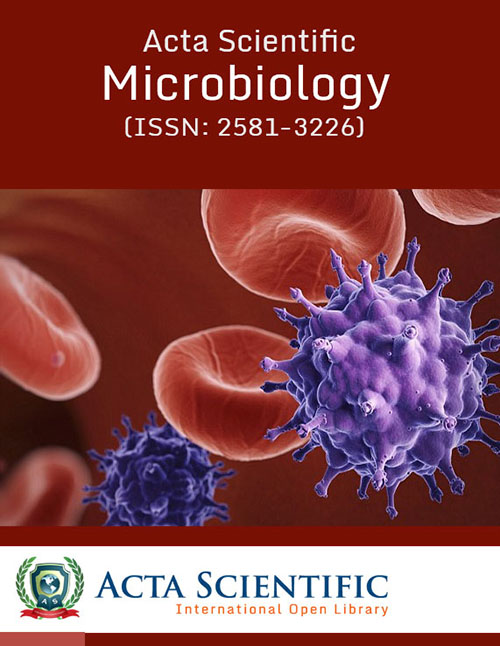

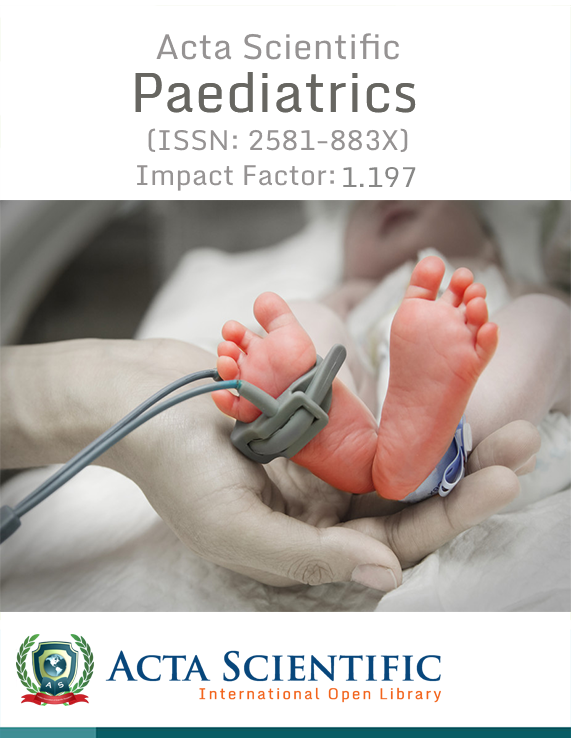
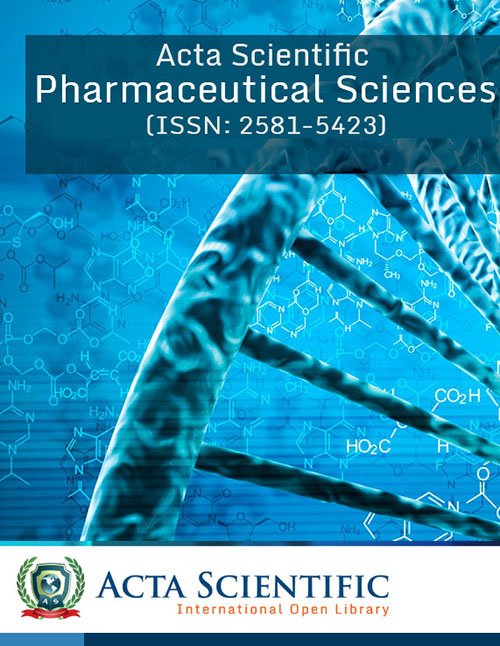

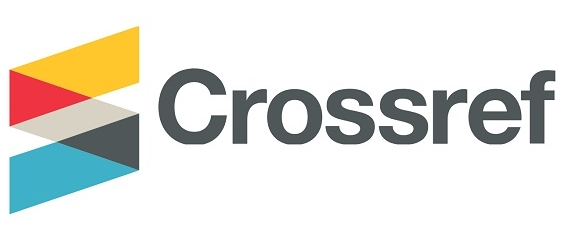







 +91 9182824667
+91 9182824667